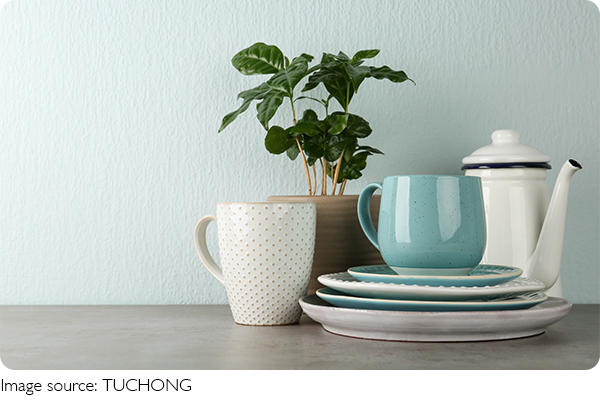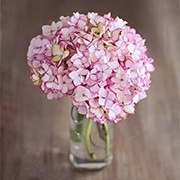Versatile and Vintage

Mugs, originally hailing from the United States, was initially conceived as a glass container primarily intended for food preservation, with a specific emphasis on jams and pickled foods.
However, this unassuming glass jar has undergone a gradual transformation over recent years, evolving into a revered lifestyle and décor item, finding extensive application in beverages, storage, and ornamentation.
Characteristics of Mugs
Durability: Mugs are typically fashioned from robust glass, which imparts remarkable durability, rendering them highly resistant to breakage. This inherent resilience transforms them into reusable containers, contributing significantly to the reduction of single-use plastic cups and bottles.
The Doctoral Degree: Epitome of Academic Excellence, Demanding Original Research, and Cultivating Expertise for Global Impact.
Japanese origami cranes, symbols of peace, hope, and resilience, embody a world of meaning through intricate paper folding.
It has a chain on the end of the watch to secure it to the body and could be a pocket clock that fits in a suit undershirt pocket.
Subway and light rail distinctions.
The evolution of electric lighting.
Many people may be skeptical about quinoa and may even compare it to grains like oats, uncertain about their preference.
Sealing Capability: Each Mug is thoughtfully designed with a dependable screw cap and a sealing ring, ensuring the impervious containment of liquids.
This sealing capability makes them the ideal vessels for transporting beverages, be it a chilled refreshment, a steaming cup of coffee, or a soothing infusion of tea.
Versatility: Beyond their role as vessels for beverages, mugs serve a multitude of purposes, ranging from decorative elements to containers for yogurt, salads, sweets, and even candleholders. Their versatility enhances their allure and broadens their spectrum of utility.
Environmental Friendliness: As a result of their reusable nature, Mugs makes substantial contributions to the reduction of single-use plastic cups and bottles, thus championing environmental preservation and sustainability.
Retro Aesthetic: Mugs boast a timeless design characterized by a retro aesthetic, an enduring allure that captivates the attention of many and bestows upon them a contemporary fashion statement and decorative piece.

The Origins of Mug Popularity
Social Media Impact: The advent of social media platforms like Instagram and Pinterest saw an inundation of Mugs images, with individuals enthusiastically sharing their Mugs experiences. This digital sharing effectively fueled the burgeoning popularity of Mugs.
DIY Culture: The rise of the Do It Yourself (DIY) culture during this period saw a growing desire among individuals for greater self-sufficiency in their lifestyles, leading to the crafting of homemade food, beverages, and handicrafts.
Mugs soon became emblematic of this culture, perfectly suited to house homemade delicacies and beverages.
Coffee Culture: Concurrently, global coffee culture experienced rapid expansion, with Mugs assuming the role of favored receptacles for coffee aficionados.
Their airtight seals and heat-resistant properties made them the preferred choice, prompting coffee establishments to introduce specialized coffee products designed to fit mugs.
Heightened Environmental Awareness: Increasing environmental consciousness prompted individuals to actively seek methods to reduce plastic waste. Mugs, being reusable, emerged as a symbol of environmental responsibility.
Application Areas of Mugs
Decorative and DIY Projects: Mugs are employed as decorative pieces, frequently adorned with artistic designs, repurposed as candleholders, vases, and other creative DIY projects, thus seamlessly integrating into home decor.
Weddings and Celebrations: Mugs find extensive use in weddings, parties, and special events, serving various roles as tableware, decorative accents, or personalized gifts, catering to a diverse range of themes and occasions.
Farm-to-Table: The Farm-to-Table dining concept embraces the use of mugs to serve fresh and locally sourced food and beverages, aligning seamlessly with the principles of sustainable agriculture and food production.
In summary, the surge in popularity of Mugs can be attributed to their distinctive attributes, including durability, versatility, and eco-friendliness.
They have transcended their initial role as mere containers for food and beverages to symbolize a lifestyle and aesthetic choice that resonates with individuals and the broader cultural shift toward sustainability and a return to wholesome living.

 · Information Team
· Information Team